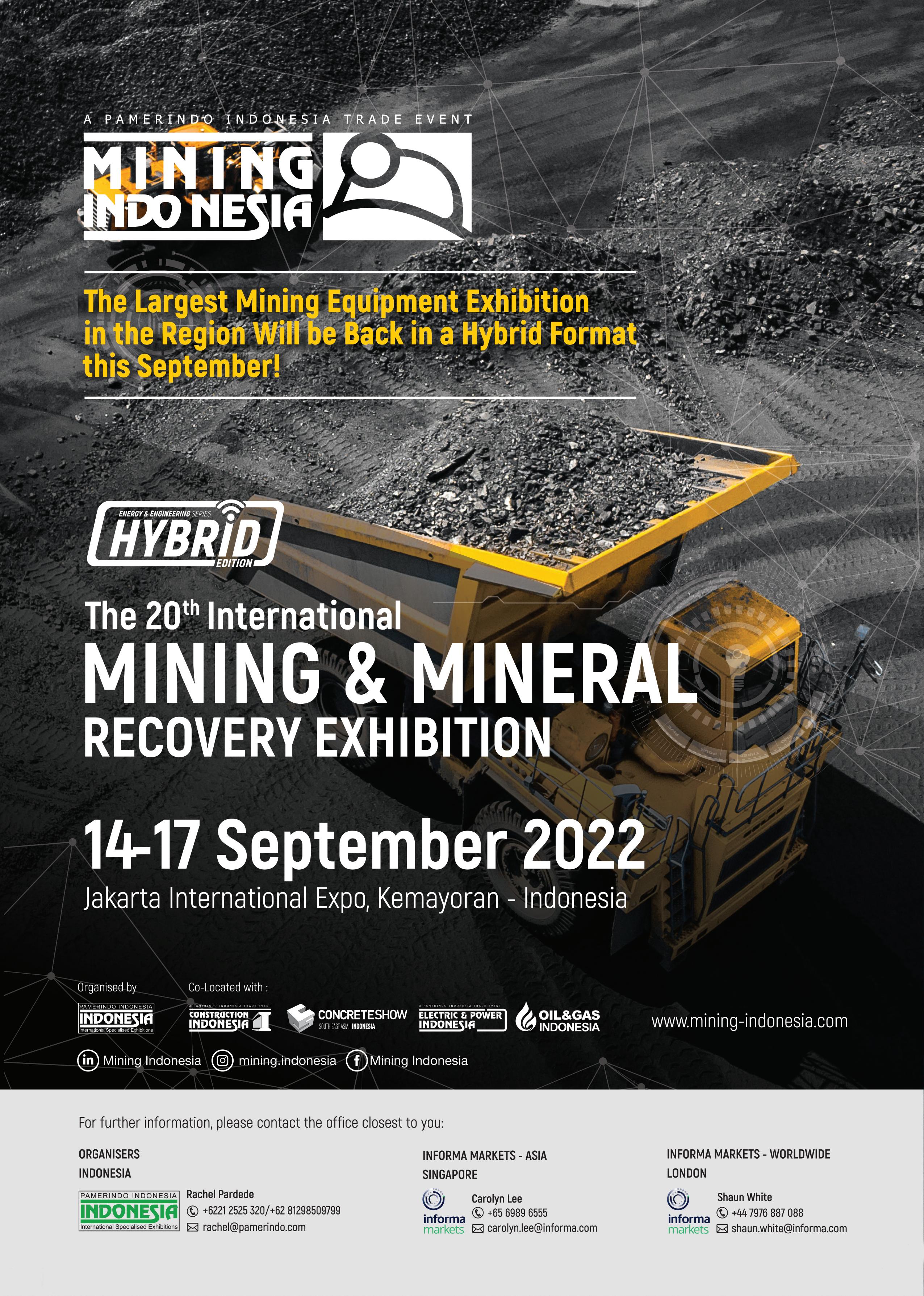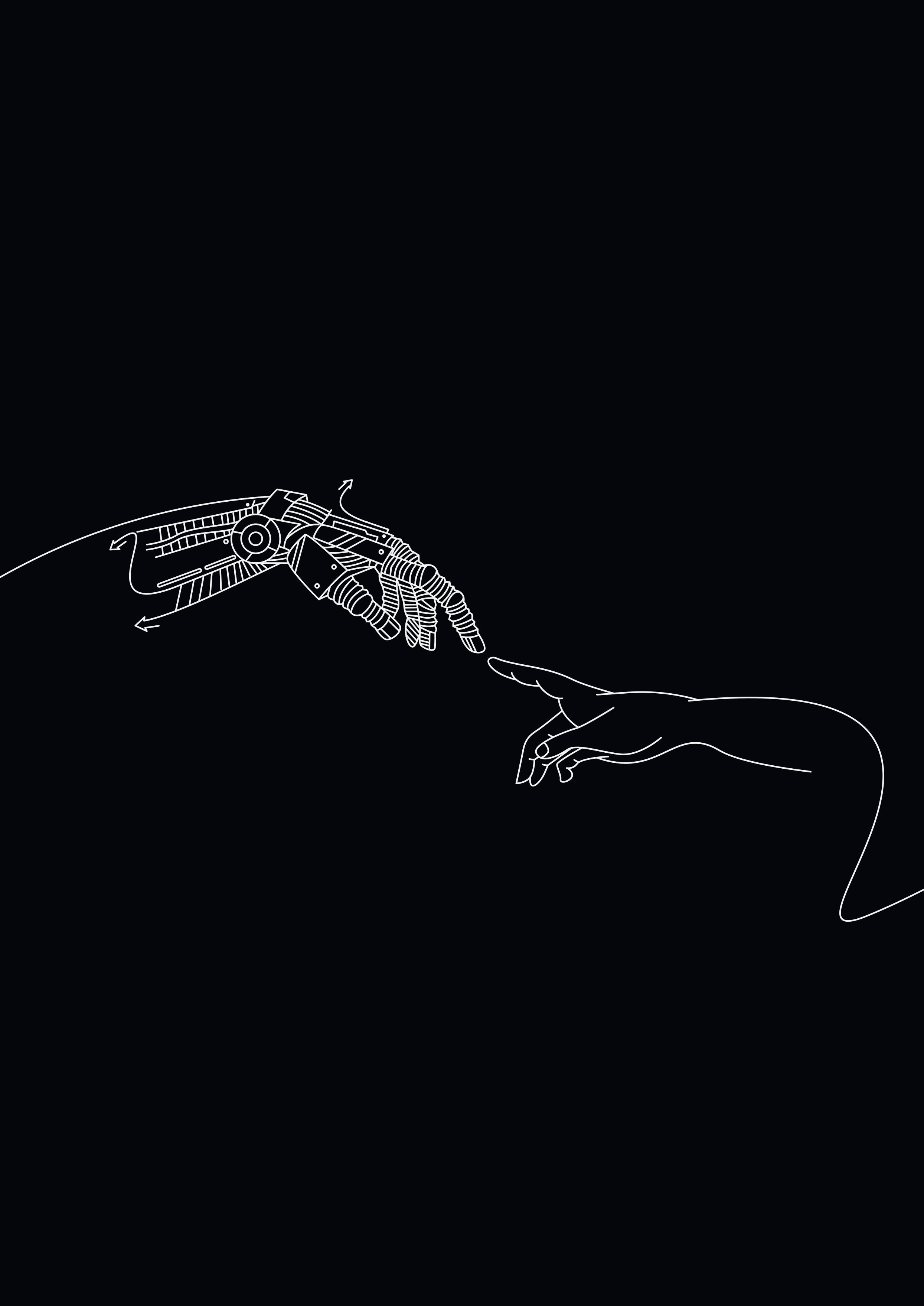
7 minute read
Making Automation And Control A Reality
Johnny Wang, Baraja, China, examines how automation can help mining operations boost employee safety, improve productivity time, and increase profit margins.
In an industry that is challenged by extreme environments, countless hazards and a need for uninterrupted or continuous production, fully-autonomous machinery is a dream. Taking humans out of the driver’s seat will help drastically increase workplace safety and lead to improved productivity, reduction of errors, increased lifespan of machinery and overall cost savings.
This vision is now becming a reality. Hitachi Construction Machinery Co. Ltd, one of the world’s most well-known industrial machinery manufacturers, is partnering with Baraja, a global LiDAR technology company with headquarters in Australia, and putting automation for its ultra-large hydraulic excavators into practice at its Japan testing site, making it possible for miners to remotely operate multiple machines all at the same time from the safety of a distant control room.
Mining automation in practice
Hitachi has begun developing and testing remote control and driving support systems for its ultra-large hydraulic excavators, helping to improve the safety and productivity of mines around the world, and launching the mining industry, as a whole, into the future of autonomy and virtually human-free excavations.
This remote-control system enables machine operators to step away from the machine and control the massive mining equipment from a safe distance, by relying on a combination of LiDAR, radar, camera, GPS, radio, and a perception algorithm.
This level of autonomy is massive for the mining industry, which currently depends largely on each individual operator’s skill, experience and ability to repeatedly perform complex operations for extended periods of time, while maintaining the stability of the vehicle and avoiding collision with any surrounding equipment. Many mining sites require machines to operate 24 hrs a day, 365 days a year, so this amount of autonomy can decrease the stress on the human operator by reducing the workload and thus the demand for long shifts.
By equipping vehicles with autonomous features, such as a collision avoidance system, operators no longer need to remain vigilant of potential crashes. Instead, the sensors on the machine can sense and detect objects, providing the perception algorithm with the necessary data to make accurate, split-second decisions on how to respond – be that stopping or moving to avoid a potential crash or accident.
By essentially eliminating the possibility of accidents, operators are free to concentrate solely on achieving their excavation task, thereby increasing the accuracy and productivity of each machine. Pair this with the ability to operate the machine remotely, and a single operator can completely remove themselves from the dangers of the site and operate multiple ultra-large hydraulic excavators simultaneously, further reducing site costs.
Overall, a collision avoidance system provides better accuracy, helping to reduce accidents that can create workplace hazards, costly equipment damage and stalled production time.

Figure 1. Ultra-large hydraulic excavator using Baraja’s LiDAR.
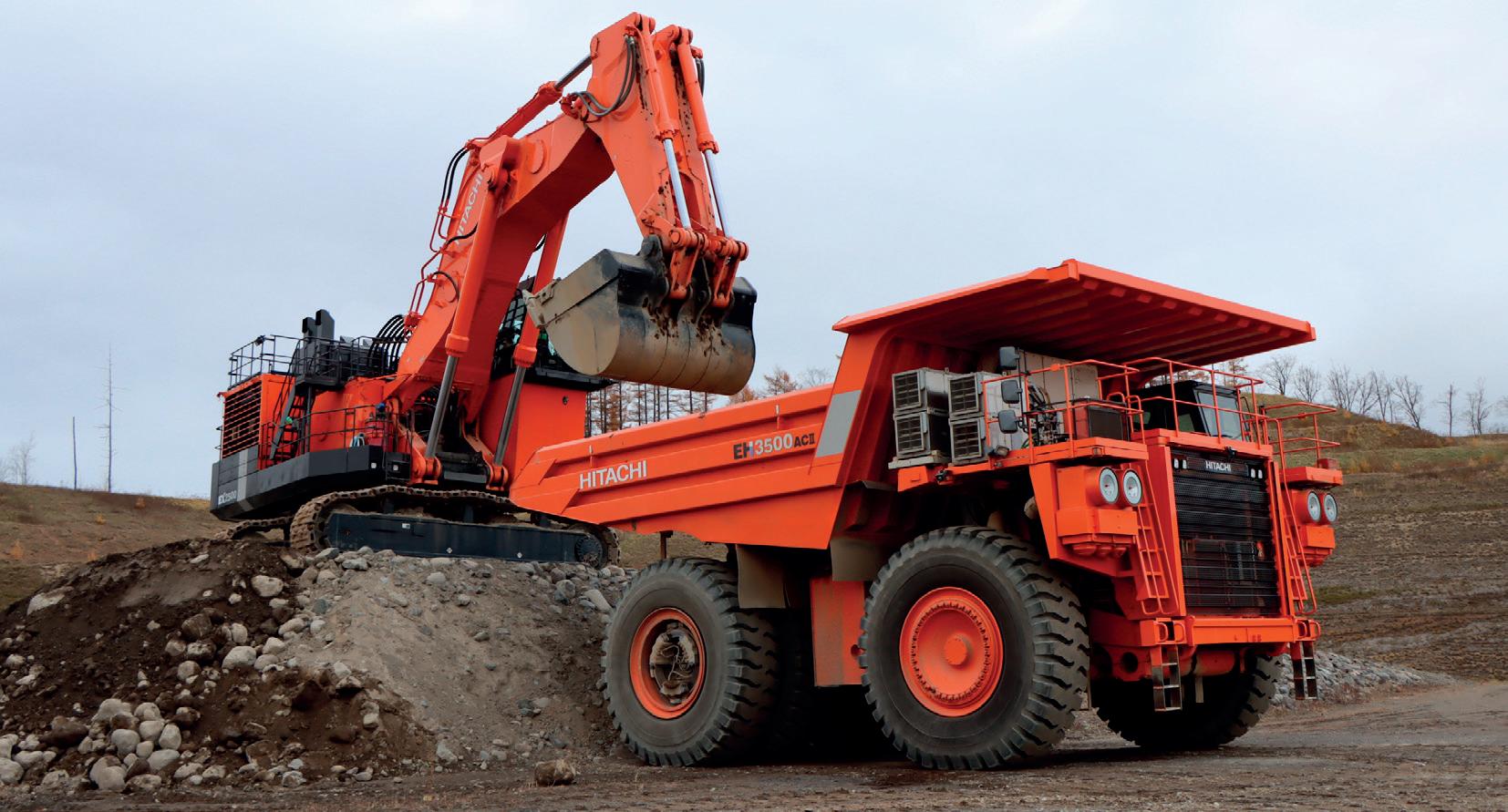
Figure 2. Baraja Spectrum-ScanTM LiDAR in use.
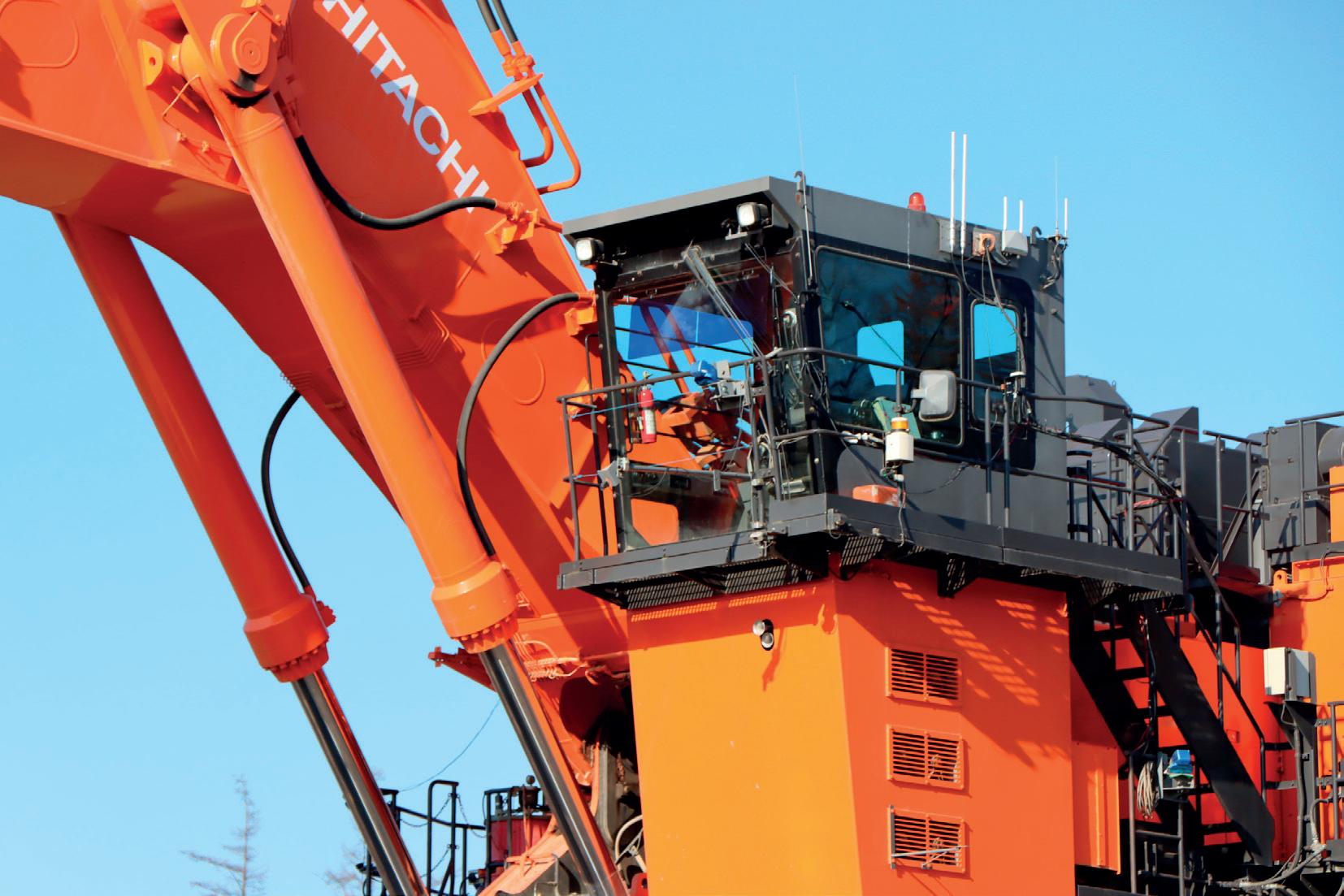
Figure 3. By essentially eliminating the possibility of accidents, operators are free to concentrate solely on achieving their excavation task, thereby increasing the accuracy and productivity of each machine.
Transitioning mining fleets
Aside from the technology itself, achieving full mining automation requires changes in staffing, training and operations, along with other adjustments. Some mining companies also fear the expensive investment costs of upgrading their machinery.
In addition to the technology, the automation solution Hitachi is creating is also easily scalable. The remote-control systems are designed to be retrofittable on to the entire EX-7 series of ultra-large hydraulic excavators, making the technology easy to add on to existing mining vehicle fleets that are already in operation. This will enable mining site customers to utilise their current equipment while gradually integrating autonomous capabilities in a feasible timeline, without high investment costs.
LiDAR: the key to enabling automated mining equipment is in the sensors
LiDAR sensors are often considered the missing piece to solving higher levels of autonomous driving in any form – from the highway to the mining site. This is largely due to the type of measurements that LiDAR sensors are capable of achieving.
Cameras are great for accurate object classification but are nearly useless in low light or fog, and cannot measure distance or velocity. Radar is great for detecting objects in various weather conditions, including their distance and speed, but cannot differentiate one object from the next, making it hard for perception algorithms to differentiate, say, a large rock from another piece of machinery.
LiDAR sensors, on the other hand, are capable of collecting data that is detailed enough to enable perception algorithms to make accurate split-second operating decisions. The problem has been finding LiDAR sensors that can achieve this level of accuracy and precision in practice, and also withstand the extreme conditions of mining sites.
Finding a LiDAR system with high-resolution
The Baraja LiDAR system has advanced high-resolution capabilities and is extremely durable, meeting two of the key LiDAR requirements for mining application.
Previously, legacy LiDAR sensors used in mining had very limited resolution, which made it difficult to detect smaller
hazards and obstacles. Now, with the Baraja Spectrum Off-Road LiDAR and its ability to detect very small objects, the Hitachi automated ultra-large hydraulic excavators are enabled with more precise data.
Furthermore, the Baraja Spectrum-ScanTM platform can dynamically increase pointcloud resolution to where it is needed most, providing highly detailed data for superior object classification and avoidance. This is similar to how the human eye works when presented with a potential obstacle. Spectrum-Scan LiDAR is a flexible steering mechanism that gives the user complete control, and enables effectively instant changes to resolution within the scene.
Holding up to the tough environments of mining
In addition to meeting high technical requirements, a LiDAR system must also be able to endure the realities of a mining site, such as heavy hits from rock and debris, strong vibrations from the machinery, constant 24/7 operation, and extreme weather conditions; including rain, fog, and extreme heat.
Legacy LiDAR systems rely on rapid mechanical components for steering, which reduces their durability in such conditions. Continuous operational needs, flying rocks and debris, and intense vibrations from the machines themselves can all easily cause moving pieces to break, slide out of place or reduce their lifespan, rendering the LiDAR virtually useless for mining.
Baraja has taken a revolutionary approach to its LiDAR design, replacing spinning lasers and oscillating mirrors with prism-like optics, creating a truly solid-state, high-performance LiDAR. This not only makes the LiDAR extremely durable, but also helps to solve many of the reliability issues that are inherent to legacy LiDAR designs, such as LiDAR interference, shock, and vibration.
Conclusion
The future of mining is here. Soon, operators will abandon the driver’s seat and the hazards of the mining site, and sit themselves safely in a remote office where they will be able to effectively control and plan multiple machines at once.
Transitioning to a fully-automated fleet of mining equipment will help mining customers around the world boost employee safety, improve productivity time, and increase their profit margins. Mining sites will operate 24/7, virtually uninterrupted with no shift changes and fewer maintenance needs. Mining customers will also benefit from a longer lifespan of equipment.
In addition to remote control and driving support systems for its ultra-large hydraulic excavators, Hitachi is also using Baraja’s LiDAR for its autonomous haulage system (AHS). Hitachi’s AHS is currently conducting demonstration tests in the Australian Outback.
Mining customers will soon be capable of implementing these automated machines on their mining sites, bringing the industry a step closer to the future of AI-operated mining sites.
MINE MORE UPTIME
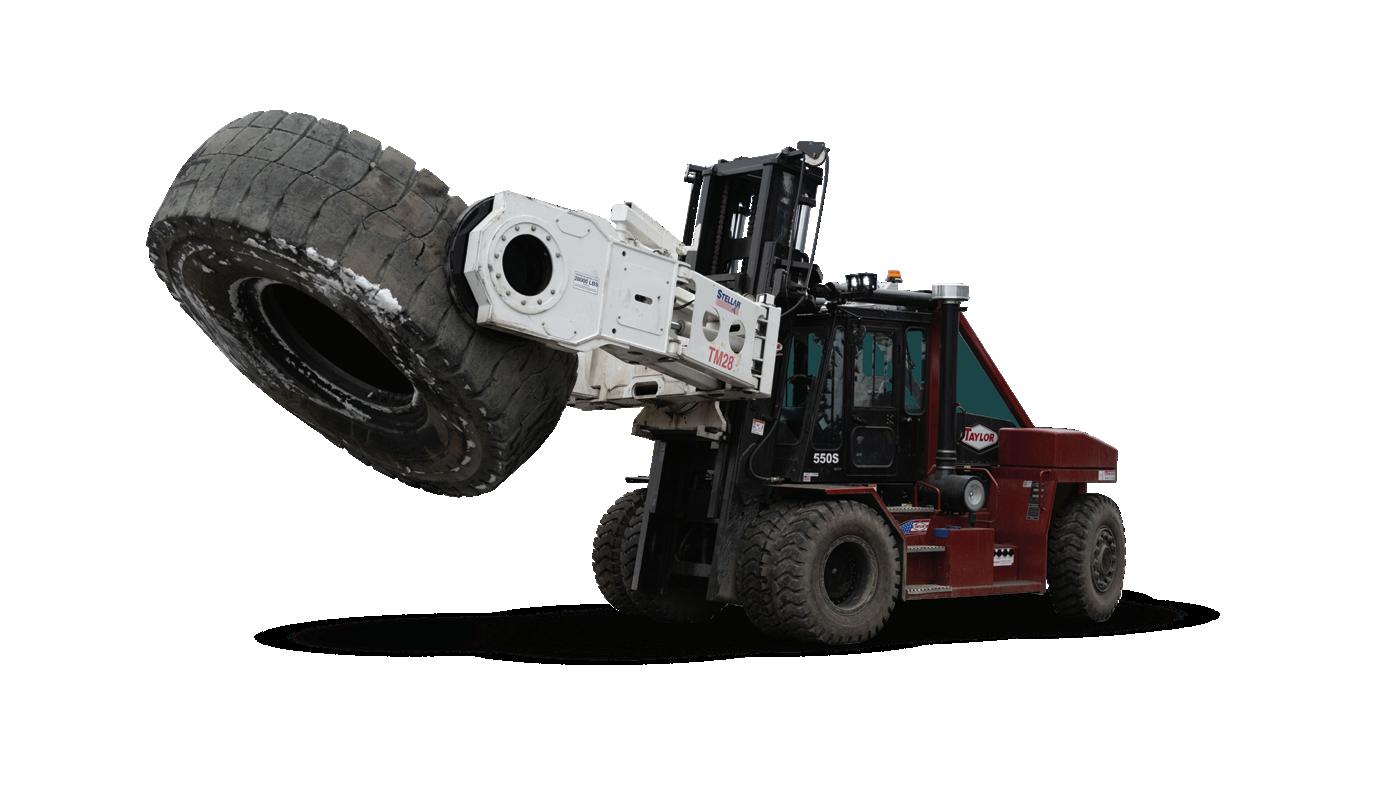
Uptime is everything. The industry-first modified A-frame stabilizer on Stellar® Large OTR Service Trucks ensures reliable servicing of differing widths. The TM28 Tire Manipulator is built for heavy-duty mining work with a rated capacity of 28,000 pounds, 110-degree body rotation, 360-degree pad rotation and an optional side shift for perfect alignment with the hub.

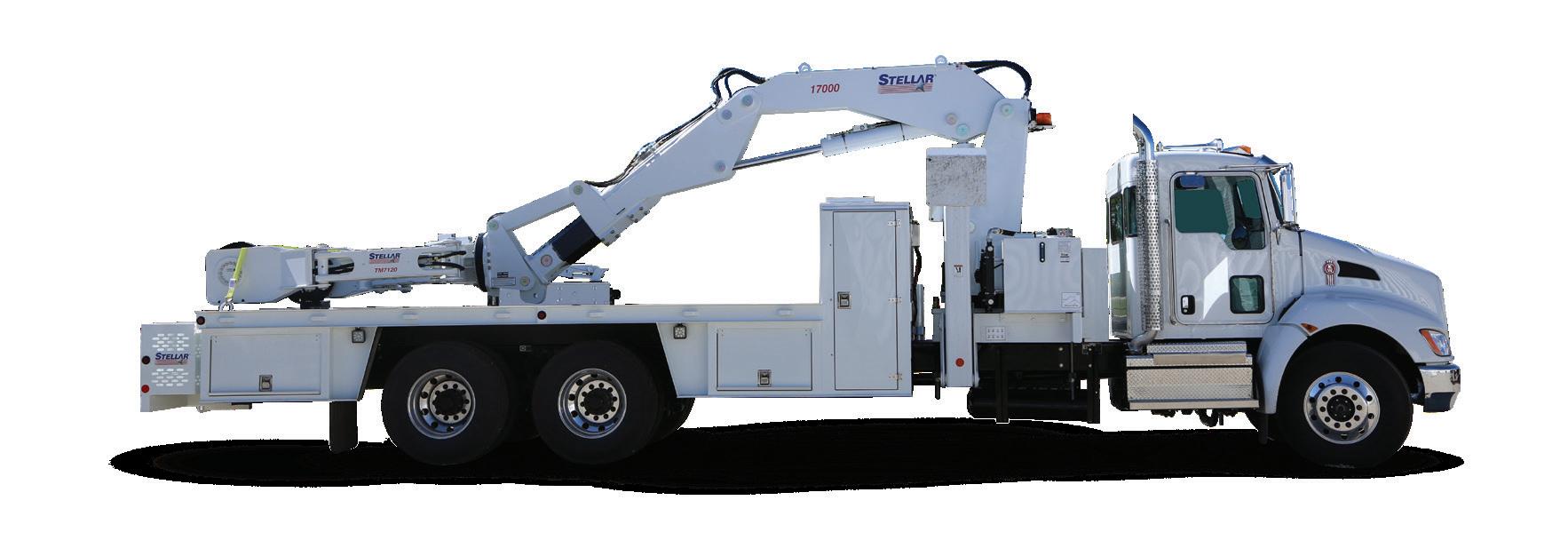
TM28
LARGE OTR SERVICE TRUCK
